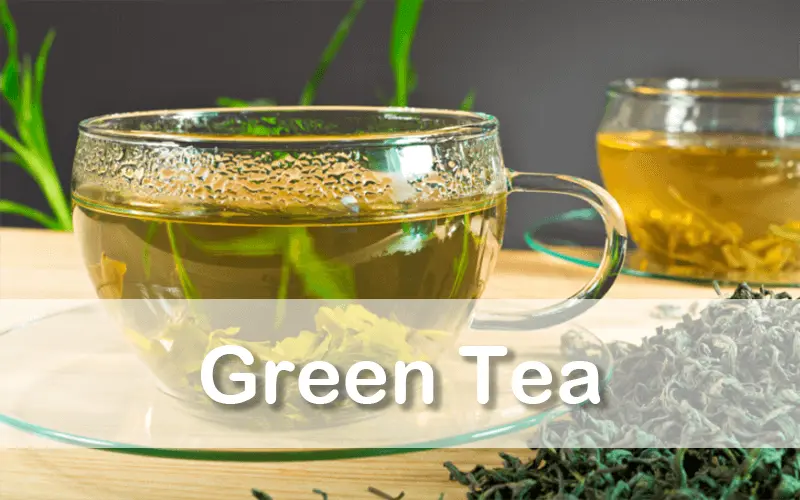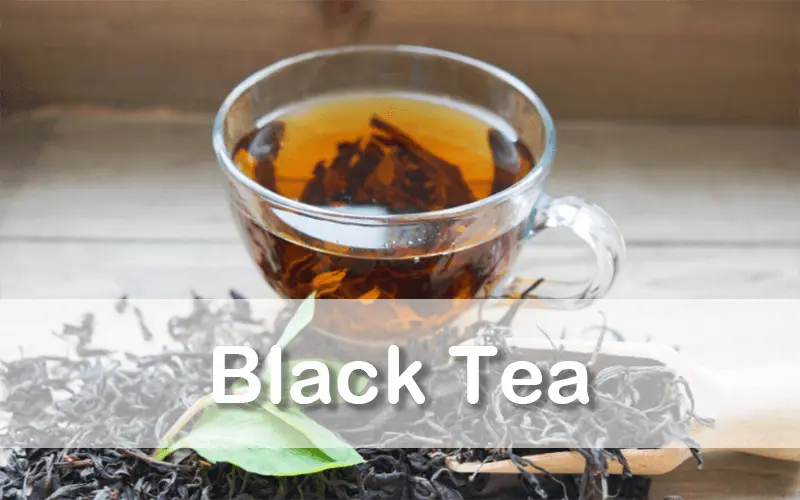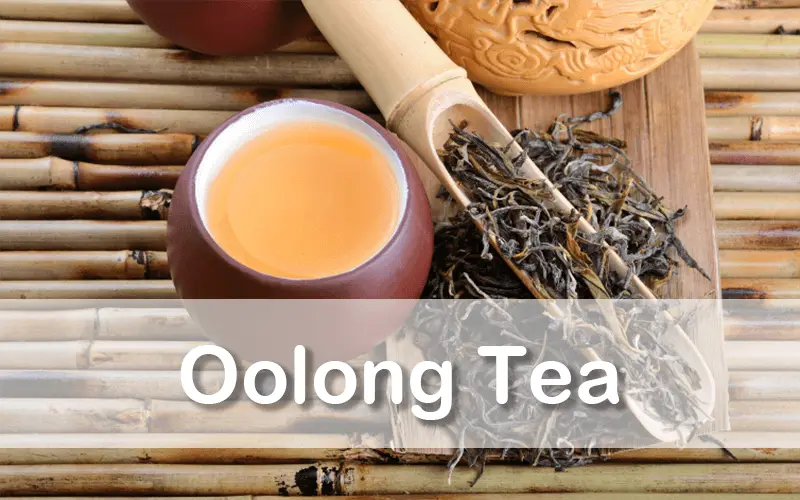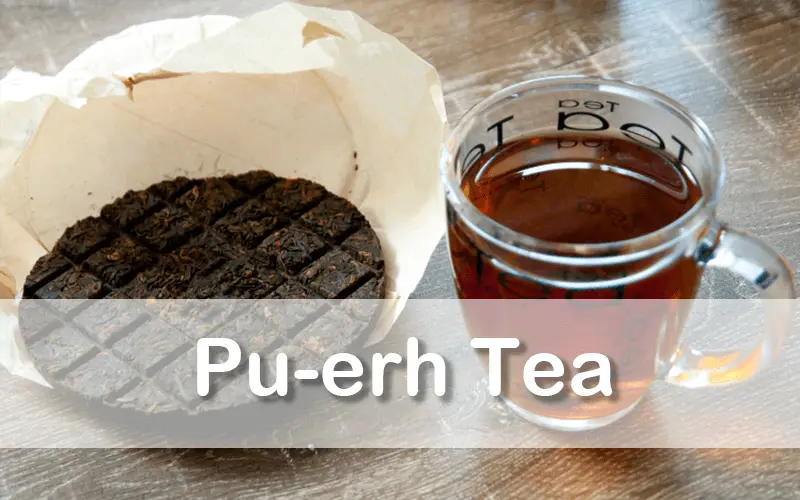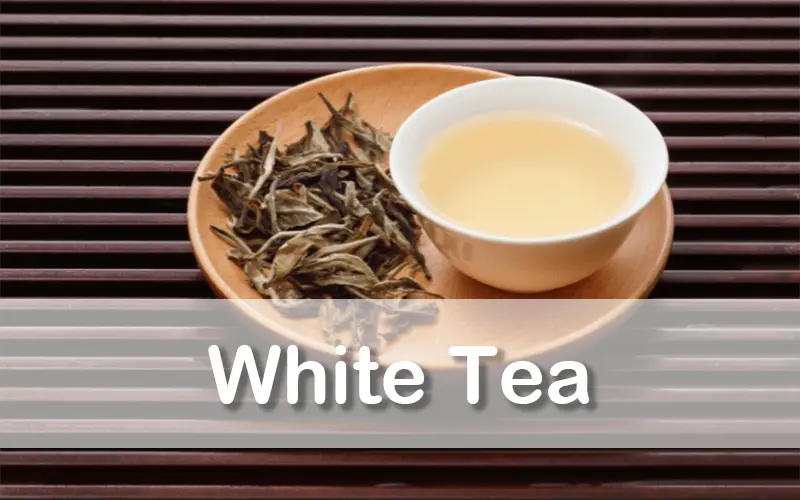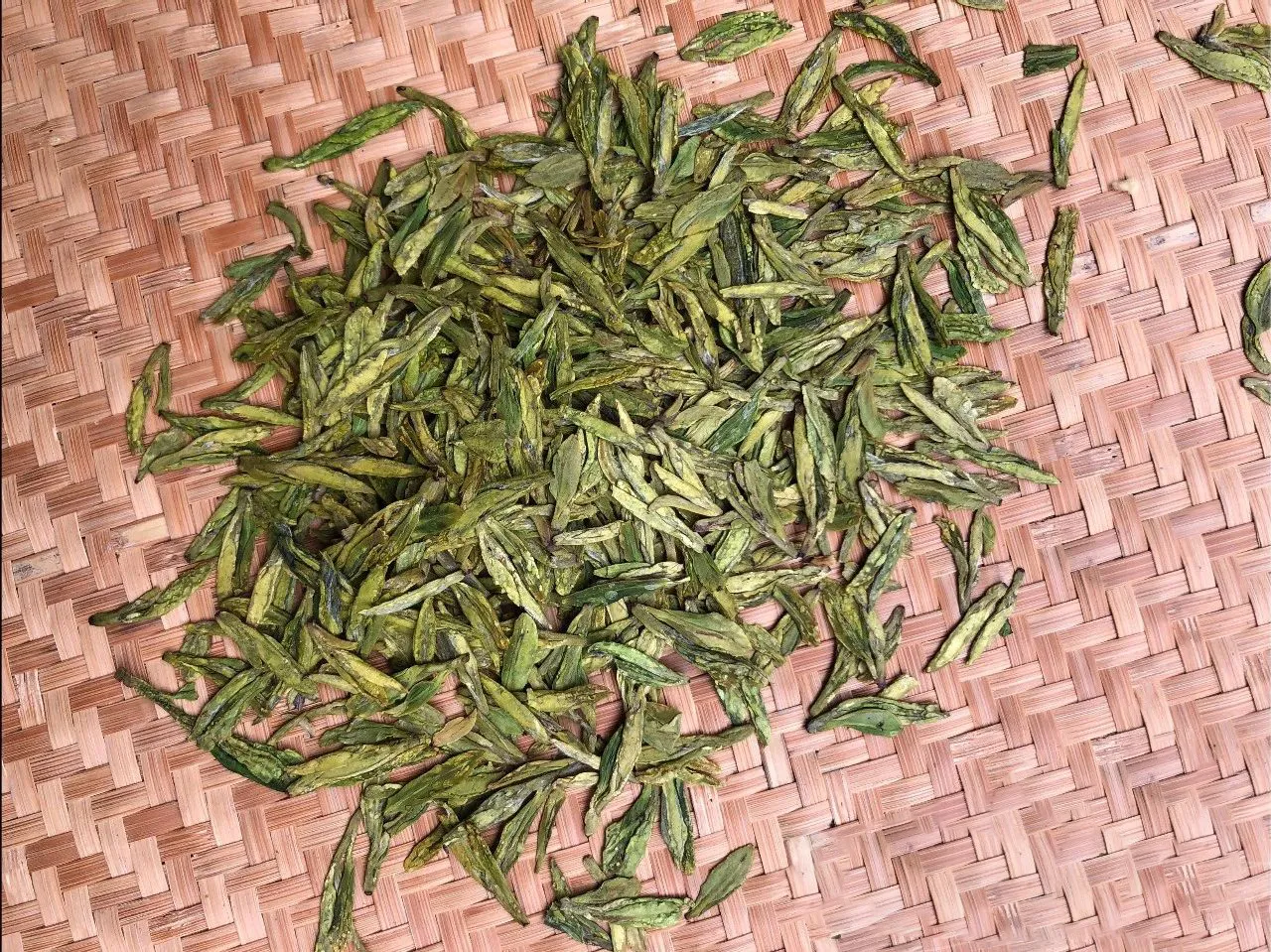
Longjing tea, renowned as one of the top 10 teas in China, stands as the quintessential Chinese green tea.
Celebrated for its rich heritage, Longjing has various regional varieties like Yuezhou Longjing, Qiantang Longjing, and Dafo Longjing, each boasting a unique character.
Yet, it’s xi hu long jing green tea that truly epitomizes the essence of this tea category.
Let’s dive into the world of this exquisite Dragon Well tea, Xihu Longjing.
As the first grade of Dragon Well Tea, the criteria for authentic Xihu Longjing are exacting, focusing sharply on 2 critical aspects: the tea’s origin and its meticulous production process.
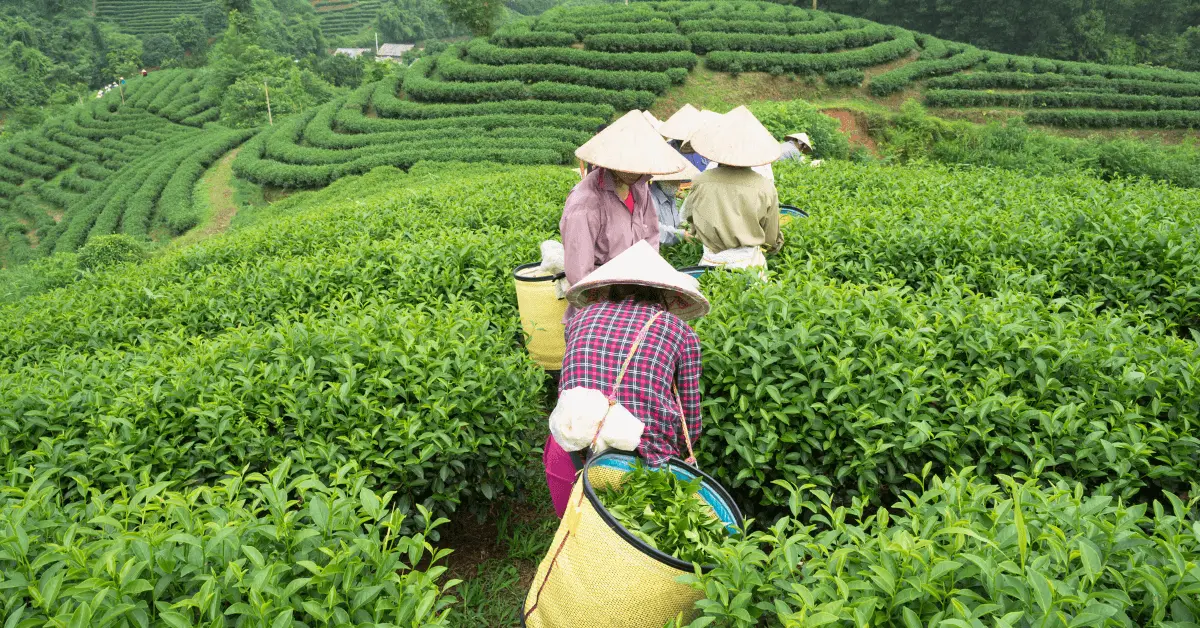
women picking tea leaves in a tea plantation
Origin
Much like the culinary delights of Sichuan hot pot and Beijing roast duck, where authenticity hinges on the source, the same holds for Longjing tea.
To savor the most authentic west lake longjing green tea, find a reputable brand or venture to its birthplace.
The esteemed West Lake Longjing is cultivated in 2 production areas, each with revered locales.
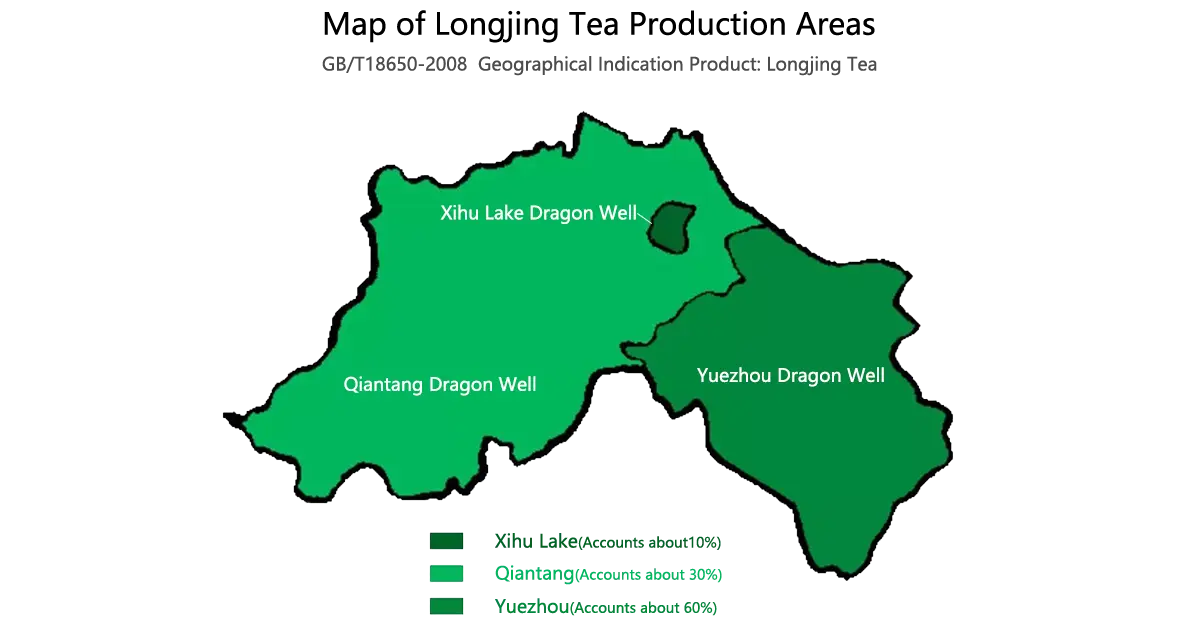
map of Longjing tea production area
1st Production Area
Under national guidelines, the crown jewels of west lake dragon well tea’s production are 5 esteemed sites: Shifeng Mountain, Yunqi Village, Longjing Mountain, Meijiawu, and Hupao Spring.
These areas are recognized as the premier zone for Lung jing tea.
Here, teas like Shifeng Longjing command top dollar, often surpassing market expectations due to their unmatched quality.
1st production area is enshrouded in a year-round misty veil, affectionately known as the “fog forest.”
The area’s loose, sandy soil provides an ideal nurturing ground for the tea plants, contributing to the superior quality of the tea that’s rich in flavor and steeped in tradition.
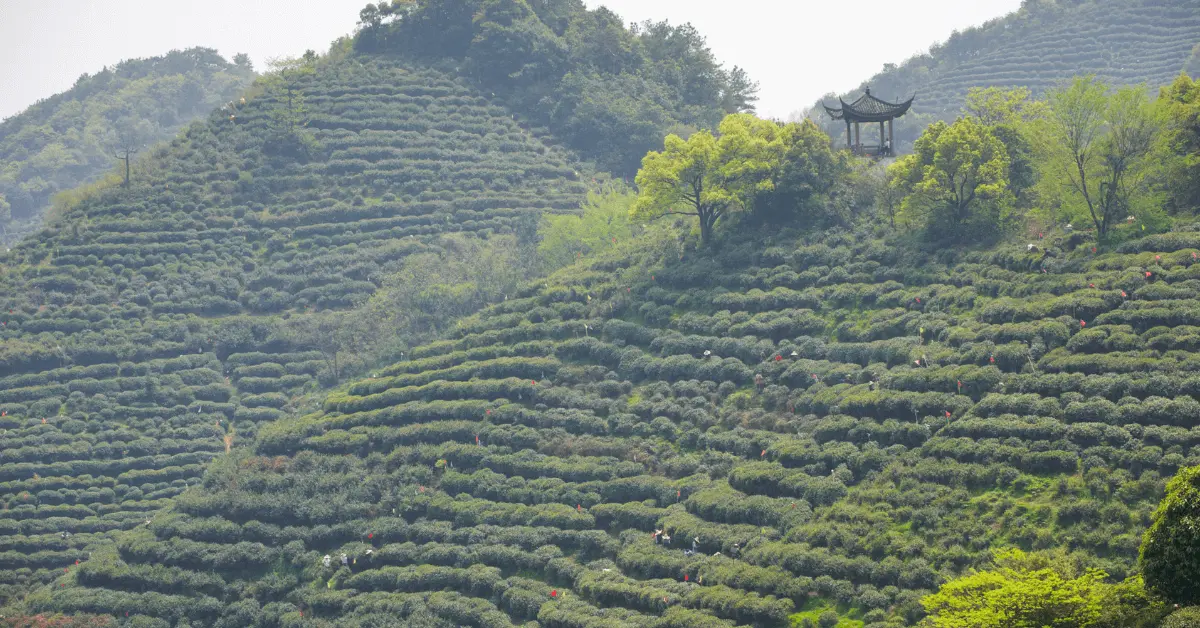
Tea farmers are picking longjing tea
2nd Production Area
The 2nd area for West Lake Longjing tea encompasses townships beyond the first area’s boundaries within the scenic West Lake region.
Notable among these are Longwu, Liuxia, Zhuantang, and Zhoupu Townships.
Historically, the teas from these villages were known as “Flag Gun Tea.”
However, with Longjing tea’s soaring fame, these neighboring areas have adopted the Longjing tea-making process, aligning with the legacy and artisanal quality of the primary zone.
The regulations are clear: only tea crafted in these 2 areas can earn the prestigious title of West Lake Longjing.
Teas from beyond these areas, while still valuable, are designated as Hangzhou Longjing, acknowledging the distinction in their origins and the nuances of their craft.
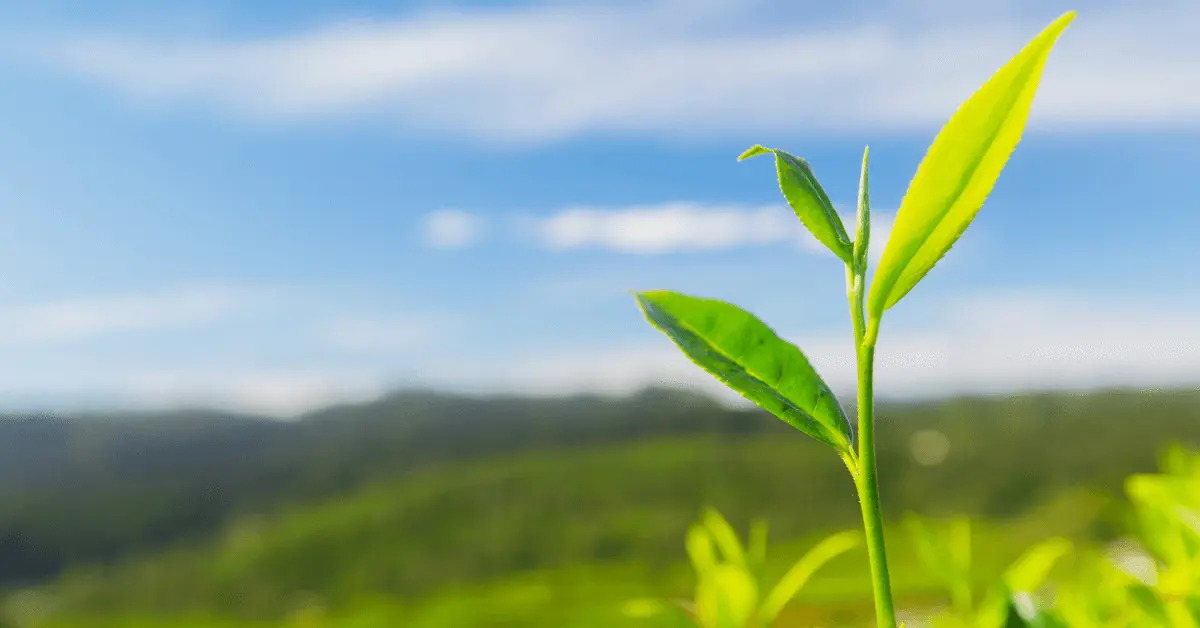
a tea leaf and a blue sky
Hangzhou Longjing
Hangzhou Longjing tea is a broad category encompassing three distinct types.
The most illustrious of these is West Lake Longjing, celebrated for its superior quality.
The other two, Yuezhou Longjing and Qiantang Longjing, also have unique characteristics.
Renowned varieties like Dafo Longjing from Xinchang and Yuexiang Longjing from Shengzhou, along with the notable Fuyang Longjing from Fuyang, are all proudly part of the Hangzhou Longjing family, each contributing to the rich tapestry that makes Hangzhou’s tea culture so revered.

tea mountain and farmers are picking green tea
Xihu Longjing VS Hangzhou Longjing
Summing it up, when all is said and done, the defining difference between the two types of Longjing tea is their geographic origin.
The terroir, with its varied grades and locales, plays a pivotal role because the lineage of Longjing tea traces back to Shifeng Mountain, radiating outwards and diminishing in prestige.
The subtleties of these regions are indeed mirrored in the tea’s final bouquet.
While the first and second production areas of West Lake Longjing may share similarities, a discerning palate can distinguish the nuanced contrasts in aroma, flavor, and aftertaste when comparing Hangzhou Longjing to the illustrious Xi Hu Longjing from these prime areas.
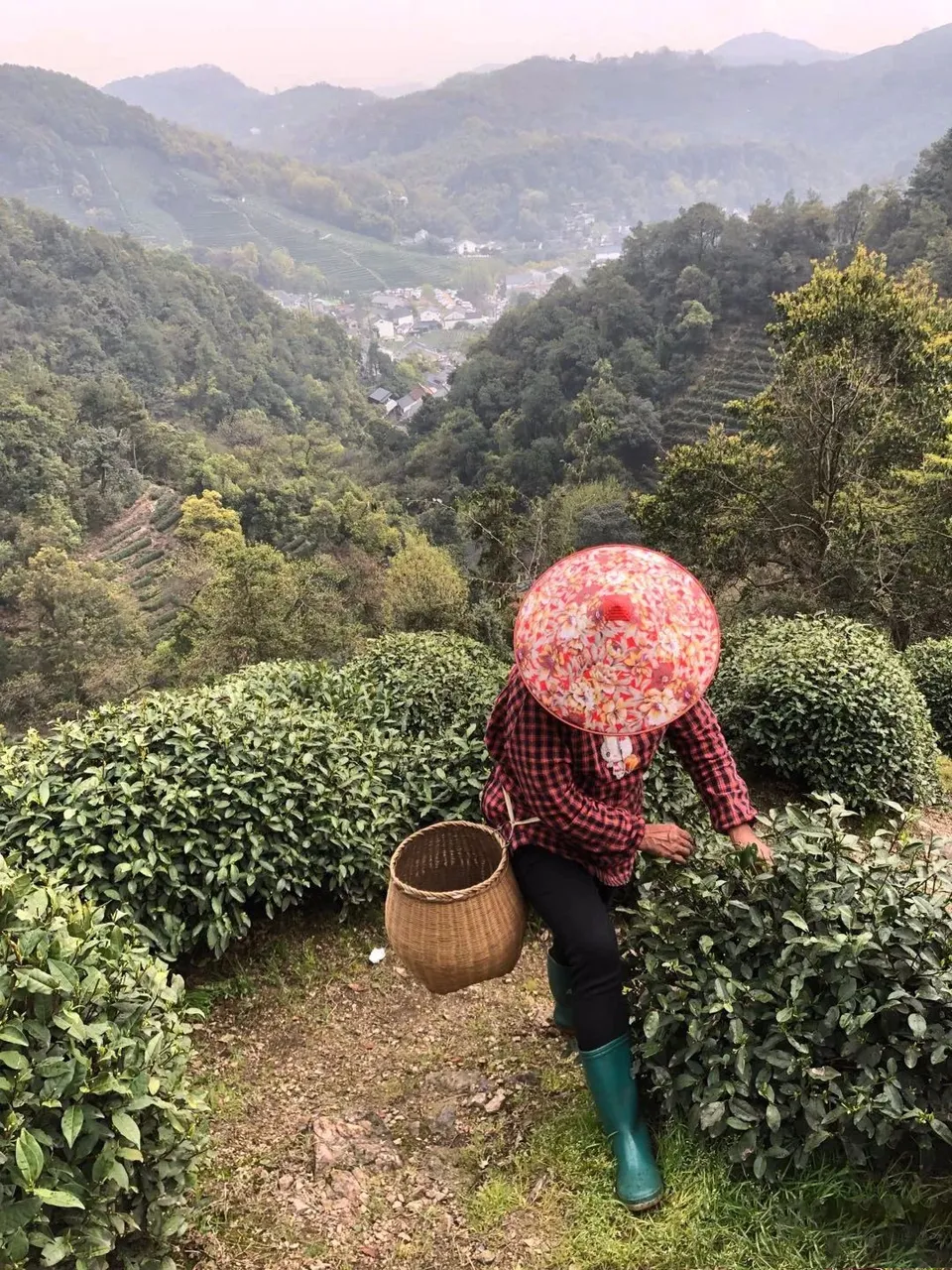
Tea farmers are picking tea on Shifeng Mountain
Production Process
The creation of Longjing tea is an art that revolves around two principal practices: careful plucking and precise pan-firing.
Each step shapes the tea’s revered profile, from the delicate timing and technique of harvesting the leaves to the traditional pan-firing that locks in its signature flavor.
Plucking
The timing of the harvest is paramount in Longjing tea picking, such as the early season yields like pre-Ming Longjing fetching higher prices than pre-Rains.
As for the technique, West Lake Longjing demands a precise pluck of “2 leaves and a bud,” resembling a sparrow’s beak.
This meticulous approach is why some Longjing teas are fondly referred to as “Bird’s Tongue,” a nod to the delicate shape achieved by this traditional method.

Dragon Well Tea Traditional Frying
Pan-frying
Once plucked and cleansed of any large leaves or debris, Xihu Longjing green tea leaves are primed for pan-firing, a task performed with skilled hands in a large iron pot.
This classic green tea, one of the most premium varieties, undergoes a pan-frying process governed by stringent standards.
For a detailed exploration, the “Longjing Tea Guide” offers a wealth of information.
The pan-frying process is artfully divided into 2 main stages:
- Killing the Green:
- Freshly picked Longjing leaves are swiftly transferred to the frying pan, where the heat induces a burst of water vapor from the tea buds.
- This steam, coupled with continuous heat, swiftly deactivates oxidizing enzymes, thus preserving the leaves’ inherent flavor and aroma.
- Kneading and Shaping:
- Longjing tea is known for its distinctive flat appearance, resulting from deliberate kneading and shaping.
- After killing the green of Longjing tea leaves, they come too dry for immediate shaping as they crumble under pressure. Hence, a crucial re-hydrating phase is necessary.
- Placed the ‘killed’ leaves in a cool, moist environment to reabsorb some moisture, ensuring they’re pliable enough for the final shaping during frying.
For those interested in the intricate details, the full seven-step pan-frying process is elaborated in the article “Why is Longjing tea so expensive?” which sheds light on the craftsmanship behind its value.

compare two kinds of longjing tea leaves
Tea Tree's Varieties
Longjing tea varieties are a tapestry of diverse cultivars, each with its unique legacy.
The family of Longjing teas includes group cultivars: Longjing #43, Longleaf Longjing, Wuniu Early, Pingyang Early, and Zhelong #117.
Among these, Longjing #43 and Longleaf Longjing are market favorites thanks to their extensive cultivation.
Specifically, teas like Yuezhou and Qiantang Longjing are primarily derived from Longjing #43.
The group cultivar, a time-honored variant, is the backbone of Xihu dragon well tea production.
This traditional strain is sown from seeds, allowing for natural genetic diversity, which results in a high-quality tea with robust brewing strength.
In contrast, other varieties are propagated asexually, ensuring consistency by transplanting branches from a single-parent tree.
Despite the higher quality variance, the group cultivar’s superiority is such that the finest Xihu Longjing is reserved for the expert hands of seasoned tea masters, who pan-fire it to perfection.
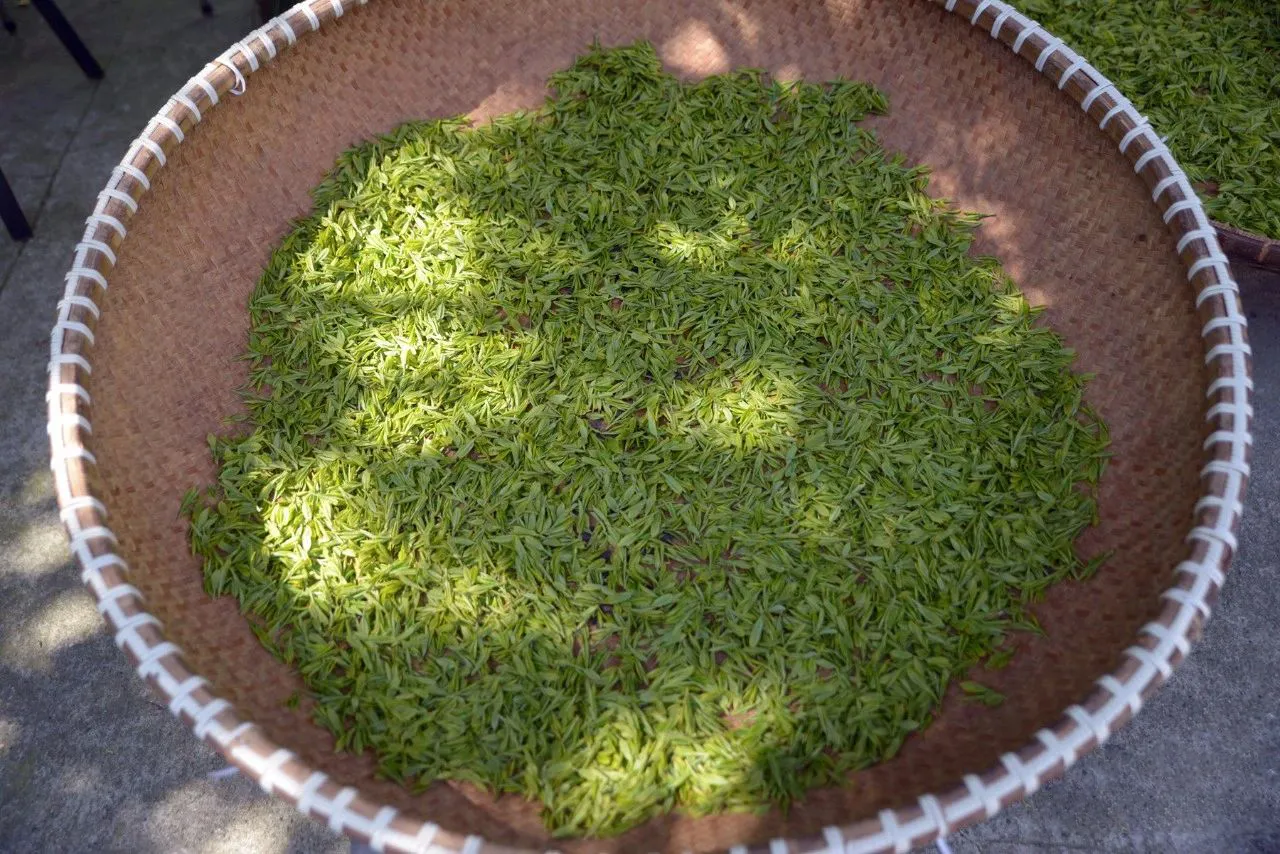
Freshly Picked Green Leaves of Lion Peak Longjing
Conclusion
West Lake Longjing tea, the jewel in the crown of Longjing varieties, is steadfast in its traditional approach to picking and production.
Its hallmark is its unique origin — setting it apart from other Hangzhou Longjing teas.
Deeply rooted in the history-soaked slopes of Shifeng Mountain, West Lake Longjing is not only cherished for its lineage but also its artisanal touch; its processing remains largely a hands-on endeavor.
Should you find yourself in China, a visit to Hangzhou to experience the renowned Xihu Longjing tea is an absolute must for any tea enthusiast.


